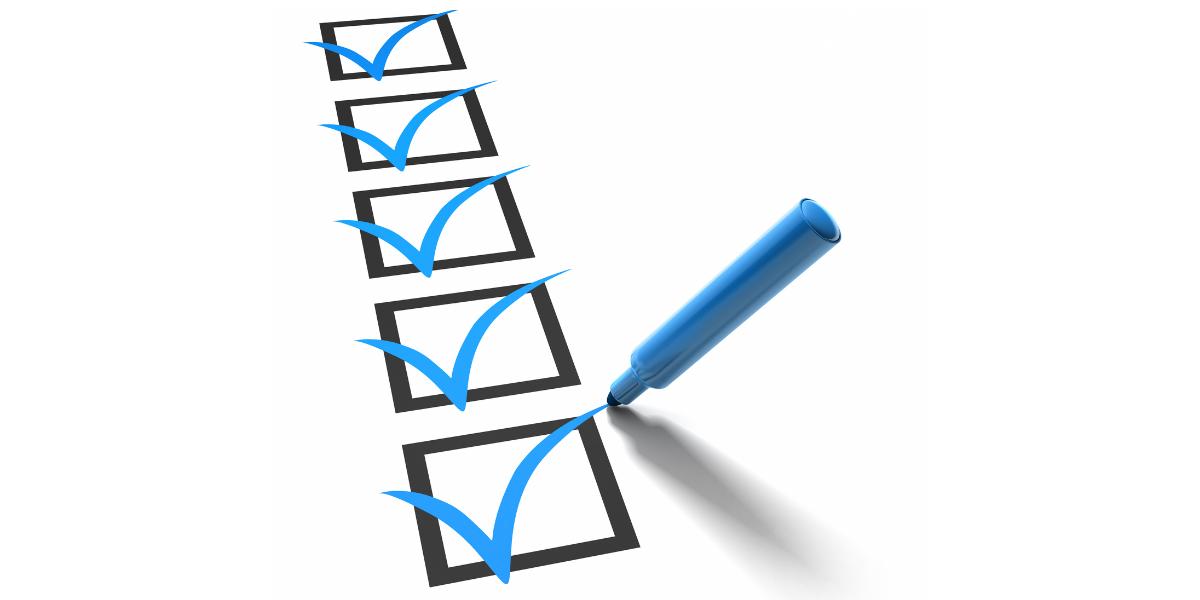Pandemic-Driven Payments Innovation
These past two years have been downright difficult for all of us, but the human race is resilient. We strive for better days and bigger opportunities. Our pure ambition cannot be quarantined.
This ambition – created from resilience, big dreams, and perhaps a dash of desperation – is one positive notion we can take from the COVID-19 pandemic. Thanks to the ambition of businesses big and small, we accelerated payments innovation past previous projections and into the future.
The demand for contactless, online, digital, frictionless, and speedy payments will only increase as the pandemic continues to drive ambition and, therefore, innovation in the payments industry. Many of the trends that were formed in 2020, 2021, and 2022 will continue to grow into 2023. Let’s take a look at a few of them.
Breaking Down Proximity Barriers
Purchase options developed out of necessity during the early months of the pandemic will remain popular in 2023.
For example, Buy Now Pay Later (BNPL) installment financing (a method used outside the United States for some time) is expected to gain widespread adoption this year. According to a Forrester report, BNPL transactions are projected to reach $995 billion by 2026.
A recent AP News article states that “Americans seem to be champing at the bit to try this financial option,” and, “companies who offer these plans are seeing tens of thousands of new customers every week.” This is good news for current BNPL players (Affirm, Afterpay, Klarna, etc.) and startups competing with large companies like PayPal.
BNPL helped provide a steady flow of dollars into the economy even when millions of Americans were out of work. It also allowed many people to purchase the things they needed quickly, without worrying about immediate payment.
Other pandemic-driven payment trends that will likely stick around in 2023 include:
- Mobile & Online Ordering
- Curbside Pickup & Delivery Options
- Contactless Payments (Tap to Pay)
- Buy Online, Pick Up in Store
These options and more allow businesses to serve their customers in new ways and encourage safe shopping. They can also offer faster service, which has helped these purchasing methods rapidly become mainstream. To remain relevant and competitive, businesses need to either adopt or continue to grow modern purchasing options like these.
“Proximity is no longer a barrier, and those who wish to make it a competitive advantage now have to one-up the digital alternatives that consumers find easier, more convenient, and less wasteful of their precious time.” - Karen Webster, PYMNTS.com
Mobile Wallets Will Gain Popularity
Using card information stored on a mobile phone to make a payment is by no means a new concept. In fact, the first mobile wallet (Google Wallet) was introduced in 2011. For reference, the iPhone 4S, Samsung Galaxy Nexus, and Motorola Droid RAZR were some of the most popular mobile phone options in that year.
The Google Wallet proved mobile wallets could work, but users needed the right NFC-enabled device on the right Android operating system powered by Sprint to make a payment. The long list of requirements meant the mobile wallet was inaccessible for most people.
Although this technology was a bit ahead of its time in 2011, mobile wallets have become one of the fastest and safest ways to pay. In fact, Payments Dive predicts that using a mobile phone to make a payment is likely to become a bigger part of our daily habits this year.
Here’s why.
When the pandemic first began, fear of the unknown blanketed our society. We knew there was a deadly illness circulating but didn’t know how it spread or how it would affect us. This made many people wary of using high-contact, shared surfaces including credit card terminals.
As a result, consumers turned to contactless apps as a safer way to pay. This trend took hold quickly, and now 2022 is predicted to be the year that mobile wallets “rise to prominence,” according to Gr4vy CEO John Lunn.
Swipe Fees Continue to Rise with eCommerce
With many people spending more time at home, eCommerce shopping grew exponentially in 2020 and 2021. Online shopping is very convenient for consumers, but it also directly contributes to swipe fee increases.
Swipe fees are the costs associated with accepting electronic payments, such as credit cards. These fees are charged to business owners for each electronic transaction, and their percentages vary based on card brand and transaction volume.
According to the National Retail Federation (NRF), swipe fees have skyrocketed from $20 billion a year in 2001 to $110.3 billion in 2020, and they show no signs of slowing. The NRF cites the increase in online shopping during the pandemic as a key contributor to these increases, because “virtually all eCommerce purchases are paid for with credit or debit cards.” The NRF also states that “swipe fees are higher for online purchases than in-store purchases, and most buy online, pick up in-store and curbside delivery purchases are subject to online rates as well.”
It is likely that eCommerce will continue to boom in 2023, and unfortunately for business owners, so will swipe fees.
Even though swipe fees are increasing, your business might be paying more than you need to. Click here to request a consultation with us and find out if you could be paying less!
More Advanced Cybersecurity
Every payment trend we’ve identified here today has some sort of digital component. As the world continues to become more digital, a heightened focus will be placed on cybersecurity, especially in payments.
Payment scams have and will continue to threaten businesses and consumers. In fact, an annual report from Nilson Report states that fraud is expected to cost the payments industry more than $400 billion in losses over the next decade. Chargebacks are also cited as a growing problem.
How will we fight back?
A Capgemini 2022 payments trends report reveals that regulators and financial institutions are turning to artificial intelligence and machine learning, data analytics, and cloud technology to combat cyber threats. Stronger government regulations on cybersecurity and digital identity will also help the cause.
But that’s not all. Private businesses are also aware of the problem and nearly two-thirds of them plan on boosting their fraud detection budget to protect their business and customers. Behavioral biometrics and increased use of artificial intelligence such as authentication prompts are also expected to be used.
There isn’t any single perfect tool for combating fraud, so it’s important to install as many barriers as possible to protect your business and customers.
Plan for Growth in 2023
Here’s a recap of a few payments industry trends to watch for in 2022:
- Pandemic-Driven Payments Innovation
- Breaking Down Proximity Barriers
- Mobile Wallets Will Gain Popularity
- Swipe Fees Will Rise with eCommerce
- More Advanced Cybersecurity
We’ve presented quite a bit of information for you here today. Whether these trends continue to expand, or new ones develop, we encourage you to plan for business growth in 2022.
If you’d like to talk about growing your financial well-being with a new payment solution from Electronic Merchant Systems, please request a consultation. We would be happy to match you with the best payment option for your business and customers.
Sources: Payments Dive, PYMNTS




